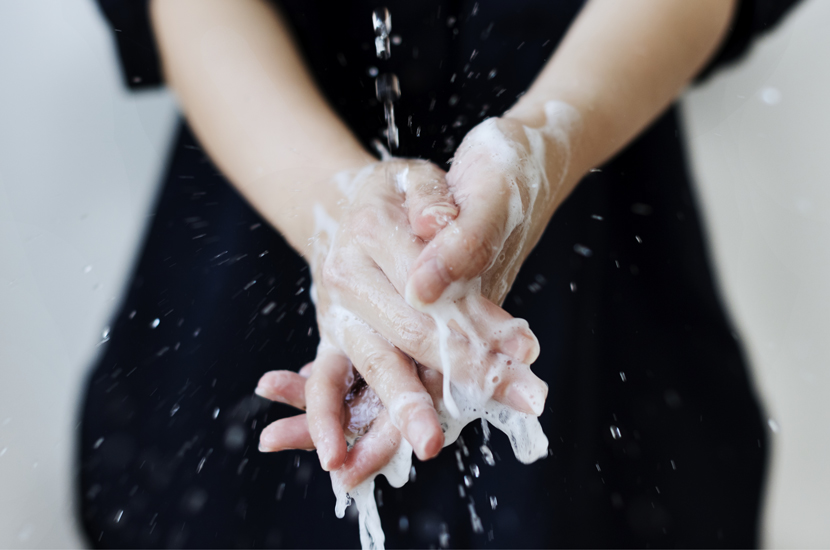Handwashing is one of the most important things we can do to protect ourselves and others against viruses and prevent viruses spread. However, many people still do not wash their hands often enough or well enough to protect themselves or others from infections, including COVID-19.
No matter where you work, washing your hands is critical, whether in offices, stores, hotels or hospitals. It is even more critical in specific healthcare and hospitality contexts. You must ensure your hands are clean to stop food poisoning or infections from harming others.
So we have put together this simple guide on how to wash your hands. See below:
Why it is essential to wash your hands properly
Washing hands cannot be underestimated. People inadvertently transmit germs, viruses and dirt when their palms come into contact with many different surfaces throughout the day. Handwashing is crucial in preventing the spread of dangerous pathogens, as well as dangerous cross-contaminations and contagions.
When should you wash your hands?
You touch many different things throughout the day, from people to surfaces. These germs on your hands can infect you if you touch your eyes, nose or mouth. You can also pass these germs to others by touching an object or area.
However, it is nearly impossible to keep your hands germ-free. Regularly washing your hands with soap and water can help limit the transfer of viruses, bacteria and other microorganisms.
- Prepping and eating food.
- Before eating food.
- Caring for someone at home.
- Before and after treating an open wound.
- After using the toilet.
- When changing a baby’s diaper or cleaning up a child who has just used the toilet.
- When you cough, sneeze or perform a nasal cleaning act.
- Touching an animal, animal feed or animal waste.
- Handling garbage.
The list above is non-exhaustive.
 What’s an effective handwashing technique
What’s an effective handwashing technique
The optimal handwashing time is at least 20 seconds. Setting a 20-second timer and getting ready to roll up your sleeves could be useful.
- Wet your hands with clean, hot or cool running water.
- Apply the soap, then lather well.
- Rub your hands thoroughly for a minimum of 20 seconds.
- Be sure to rub all surfaces, including the back of the hands and wrists, between the fingers and under the nails.
- Rinse well.
- Dry your hands with a fresh towel or air dry them.
Some Facts
- 1 in 5 people wash their hands after using the bathroom
- Average office worker’s hands come into contact with 10 million bacteria per day
- An estimated 61% of healthcare professionals do not clean their hands correctly.
- Around 50% of hospital-acquired infections can be easily avoided through better hand hygiene.
- Contaminated hands can transfer viruses to more than 5 surfaces or 14 other objects.
- Damp hands spread 1,000 times more bacteria than dry hands.
- Bacteria can stay alive on hands for up to 3 hours.
- Handwashing with soap is estimated to reduce cases of diarrhoea by 30% and respiratory infections by 21% in children under the age of five.
Source: High-Speed Training & GlobalHandwashing.org
Key Takeaway
Washing your hands is a great way to prevent disease. Getting into this habit can be an essential part of protecting your health. Handwashing with soap and water is the best way to eliminate microbes in most situations. There is no limit to how many times you should wash up at work. However, don’t wait until your hands are visibly dirty before you wash up. Looking for commercial cleaning services? look no further!
If you do not have easy access to soap and water, you can use an alcohol-based hand sanitiser that contains a minimum of 60% alcohol. You can find out if the disinfectant contains 60% or more alcohol by checking the product label.
It’s that time of year: Everyone is getting sick. Check out our post to learn:
How to Minimise the Spread of Viruses in the Workplace.





